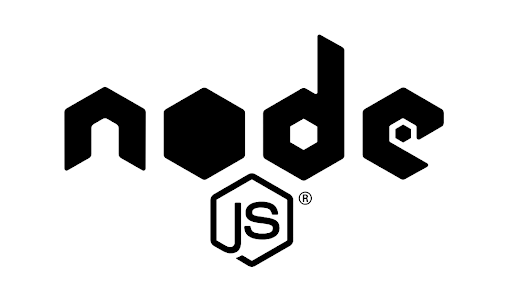Keenethics.Com Experts Named Top 5 Global Companies Using NodeJS
One essential sign of a product’s or technology’s reliability is that well-known brands choose it. The same can be stated about development tools. And among the most popular programming environments, analysts note NodeJS. By using the link https://keenethics.com/services-web-development-node, you may get more details about this runtime. Also, Keenethics experts came up with a list of famous brands that actively apply the described environment to create corporate software. So, let’s look closer at those enterprises.
What Five Companies Employ NodeJS the Most Today in the Keenethics.Com Experts’ Opinion?

First, it’s worth noting LinkedIn. This platform serves over 690 mln users worldwide. And it’s one of the largest applications with NodeJS-based features. Keenethics experts say that LinkedIn’s programmers use the mentioned runtime because it brings the following benefits:
- simplifying the process of handling the client-server interaction;
- reducing the amount of equipment employed to host the application by ten times;
- facilitating the code by making it less state-dependent and modular.
LinkedIn was able to essentially speed up its interface operations using the JS runtime.
Medium Also Uses NodeJS

This blogging site is attended by nearly 25 mln unique visitors monthly. The platform employs the described development environment from the very beginning. The runtime helps Medium’s coders keep short load time of web pages, even if they contain big images, large article audio versions, etc. Nowadays, the platform’s pages open in only up to 2.7 sec.
Yahoo Is on It, Too

Numerous company’s products are based on NodeJS. This, for example, includes Life, Answers, and Food by Yahoo. Keenethics.Com experts claim that the enterprise’s coders decided on the specified runtime because it allows for the following:
- improving product performance;
- simplifying big data processing;
- accelerating the making of new features.
Additionally, NodeJS enables Yahoo to involve fewer employees and use less infrastructure as a part of the development process.
Why GoDaddy Uses NodeJS

The enterprise is among the biggest domain name and hosting providers worldwide. Keenethics experts state that the company started employing the JS environment as a part of the corporate rebranding to achieve the purposes as follows:
- lowering server load caused by quite a powerful platform, Website Builder;
- reducing corporate spending;
- providing clients with better performance.
Using Node JS, GoDaddy was able to launch the site rebranding in only one hour.
Capital One Employs NodeJS as Well

The US bank holding enterprise delivers financial services across the USA, the UK, and Canada. Capital One decided to shift its priority to open-source technology usage. And the company’s developers included NodeJS in their list of preferred tools. The runtime provides the enterprise with the following:
- optimizing front- and back-end operations by acting as an orchestration layer;
- no-lag and real-time data to corporate dashboards;
- simplifying the formatting of the data in Java APIs.
Finally, Capital One highly praises the described runtime for its microservices feature.
Why Famous Companies Use NodeJS?

This is due to the following benefits of this programming environment:
- ability to create apps with great scalability possibilities;
- cost-effectiveness and extensibility;
- ease of learning as well as use;
- availability of a vibrant community.
One can get further info on this theme at topical websites like keenethics.com.
Check Next >https://www.neoadviser.com/protections-you-should-have-in-place-business/













